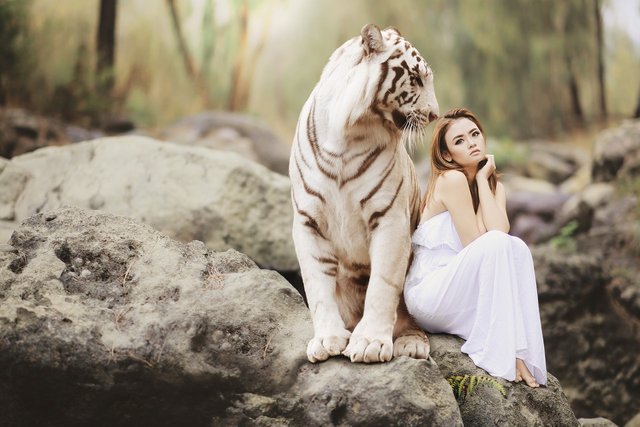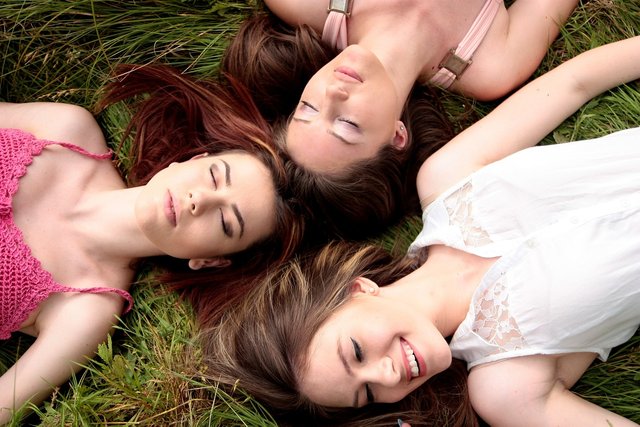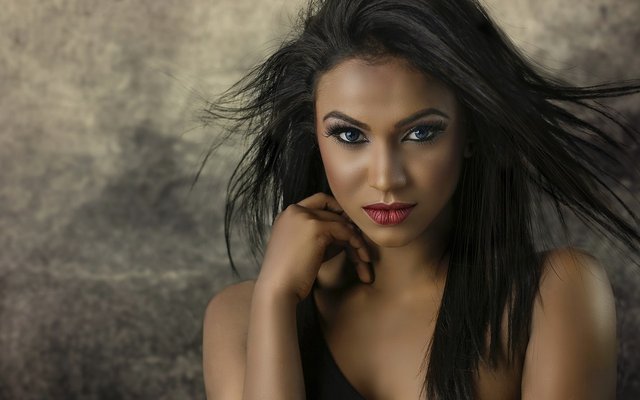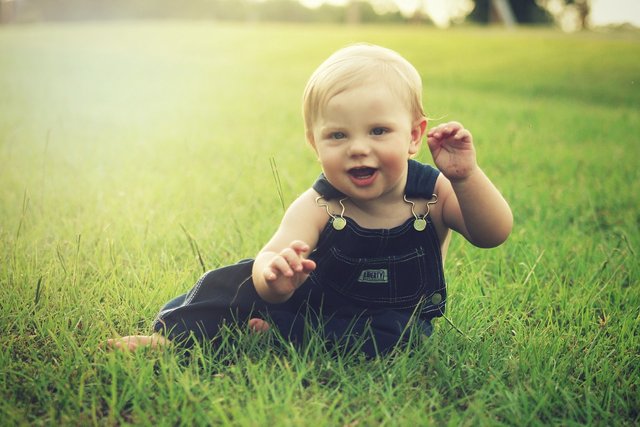The Science Of A Pretty Face (Part 1 Of 3); Symmetrical Face And Averageness

Introduction
Every creation is beautiful. There were a lot of sayings which aim to justify that the concept of beauty is not absolute; it can't be judged by any specific people as there were a lot of factors that might contribute to the opinion of a unique individual. At some point, I agreed but only if you were presented with a few pictures of beautiful faces. You were confused and at one point, you suddenly, unknowingly become bias. You start to judge beauty according to what you were familiar with, which beg the question, does the perception/opinion of beauty comes from something innate that you were born with or is it something that we learn to appreciate later in life? We will discuss that in a few moments.
Usually, when we are presented with options that we have to choose from, consisting of ugly faces and a pretty face, the answer seems clear-cut. I'm not trying to be cruel or anything, we do have our own preferences but we also would be able to tell whether someone is pretty or ugly in a single look. Maybe it doesn't bode well with the opinion of the public, but there were some characteristics which are quite similar to the other people which might have been perceived as attractive by the other. In 2001, a beauty check report presented by Braun C. et al have identified a few desirable facial features on an individual (with respect to gender) which might have been perceived as beautiful:
Characteristic features of the female "sexy face" in comparison to the "unsexy face":Characteristics of the male "Sexy face" in the comparison to the "unsexy face":
- Suntanned skin
- Narrower facial shape
- Less fat
- Fuller lips
- Slightly bigger distance of eyes
- Darker, narrower eye brows
- More, longer and darker lashes
- Higher cheek bones
- Narrower nose
- No eye rings
- Thinner lids
- Browner skin
- Narrower facial shape
- Less fat
- Fuller and more symmetrical lips
- Darker eye brows
- More and darker lashes
- Upper half of the face broader in relation to the lower
- Higher cheek bones
- Prominent lower jaw
- More prominent chin
- No receding brows
- Thinner lids
- No wrinkles between nose and corner of the mouth

It's relatively difficult to say with an absolute certainty that a specific individual is beautiful to others; the way anyone else perceived beauty might have been different making it one of the most complicated questions with a lot of ambiguous, probably mind-twisting definition of what does the concept of beauty means to people. If for the sake of argument, beauty is perceived based on what we were familiar with, then, it is safe to say that in this world, there were no ugly people at all. Someone who you perceived as ugly might just have been beautiful to others vice versa.
Symmetrical Face And Averageness

I think you can agree that people who seem to have the most symmetrical facial feature would look good and therefore desirable. Think about people who have strabismus (a condition in which both or a single eye failed to maintain a normal alignment while being static or during movement); if we compare them with people who were having perfectly aligned eyes, we would know which one to choose from, did we? When we are presented by a few pictures of supermodel which have all of the listed desirable facial features, it is difficult for us to decide which one looks pretty because we rarely noticed that every people have a certain degree of asymmetrical facial features.
A psychologist from the University of Stirling named Anthony Little claimed that there was a slight degree of asymmetry presented in a different way among the faces of individuals which we rarely noticed and mistakenly thought as symmetrical hence desirable. It seems like an average face of a specific population. The word average here doesn't refer to the quality per say but a mathematical mean value, meaning they were having a facial feature that the majority of people have in a specific community thus they were kinda attractive when they were presented to the right population.

When we are talking about how people in a specific population perceived desirable facial features, it will depend on various factors. For example, the average measurement which is considered normal by a population for the distance between a woman's eyes and her mouth should be no less than one-third of the central vertical measurement of her face. People who satisfy that criteria were considered to possess an average facial feature which can be considered beautiful. Most of the documented measurement for average facial features were obtained through research conducted by the University of California and the University of Toronto.
According to a study conducted by the Oxford University in 1997, facial and body asymmetry was associated with various health-related characteristics. In the animal kingdom, symmetrical features (face and body) is an important aspect of choosing opposite sex to mate in order to produce a high-quality offspring. It was speculated that in humans, symmetrical bodies in men are proportional to the number of sperms being ejaculated and the swimming speed of the sperm (Source) and women's fertility were objectify by their symmetrical bosoms (Source). In a study conducted by Thornhill & Gangestad in 1994, men who were having a high degree of skeletal symmetry (face and body) were having a high total number of sexual partners which indicate a positive correlation between symmetrical features and desirability.
Nature vs Nurture

So, the perception of beauty, is it nature or nurture? Are we born with inherent preferences when it comes to judging something to be beautiful or is it due to gradual facial exposure (social aspect) when we were young (experience) that shape our opinion? There were numerous studies which have been conducted in the past to investigate this hypothesis. The most popular research was conducted on young infants after it has been proven by Langlois et al in the year 2000 that children and adults prefer beautiful over non-beautiful faces. There were various speculated factors that are thought to play a role including cultural socialisation.
The study was conducted by exposing 6 months old babies to a few pictures that consisted of attractive and non-attractive women according to their own respective races. It seems, compared to the non-attractive picture, the majority of the infants were more interested in attractive pictures based on the time measured for them to stare at the pictures. The method was then tested on 2 months old infants which, unexpectedly, yield the same result. The reason for these preferences might have been due to gradual social exposure as an infant often stares upon the faces of the respective people who were excitedly trying to play with them. So how do we know that the preference of an attractive face is not innate?

There was a study which was conducted by Salter et al on 72-hours newborns that yield a result which supported the fact that the perception of beauty was rather innate than due to repeated exposures. The problem with that study was most the newborns involved might have been exposed to a lot of faces already so another study was conducted on 15-minutes newborns by using a visual tracking device. After analysing the data, there were no obvious preferences assumed by any of the infants. However, it is worth to note that, if the study conducted by Slater was, in fact, valid, then the perception of beauty might have been learned at a very young developmental age.
Whether or not it is true that an infant prefers an attractive picture over a non-attractive one is relatively unknown. There was another factor which could influence the choices made by those infants which are averageness. They tend to choose someone from their own races which can be due to "familiar" factor. Indeed, sometimes, an individual look more beautiful than the other just because we were quite familiar with that kind of appearances especially if someone was living in isolation. It is quite important to note that, the frequency of facial exposure is equally important for us to be able to differentiate the element of beauty, especially between races.
References: [1], [2], [3], [4], [5], [6]
All images were taken from Pixabay
Image Sources: [1], [2], [3], [4], [5], [6]

Posted from my blog with SteemPress : http://n4zrizulkafli.com/index.php/2018/06/24/the-science-of-a-pretty-face-part-1-of-3-symmetrical-face-and-averageness/
Upvote this: https://steemit.com/free/@bible.com/4qcr2i